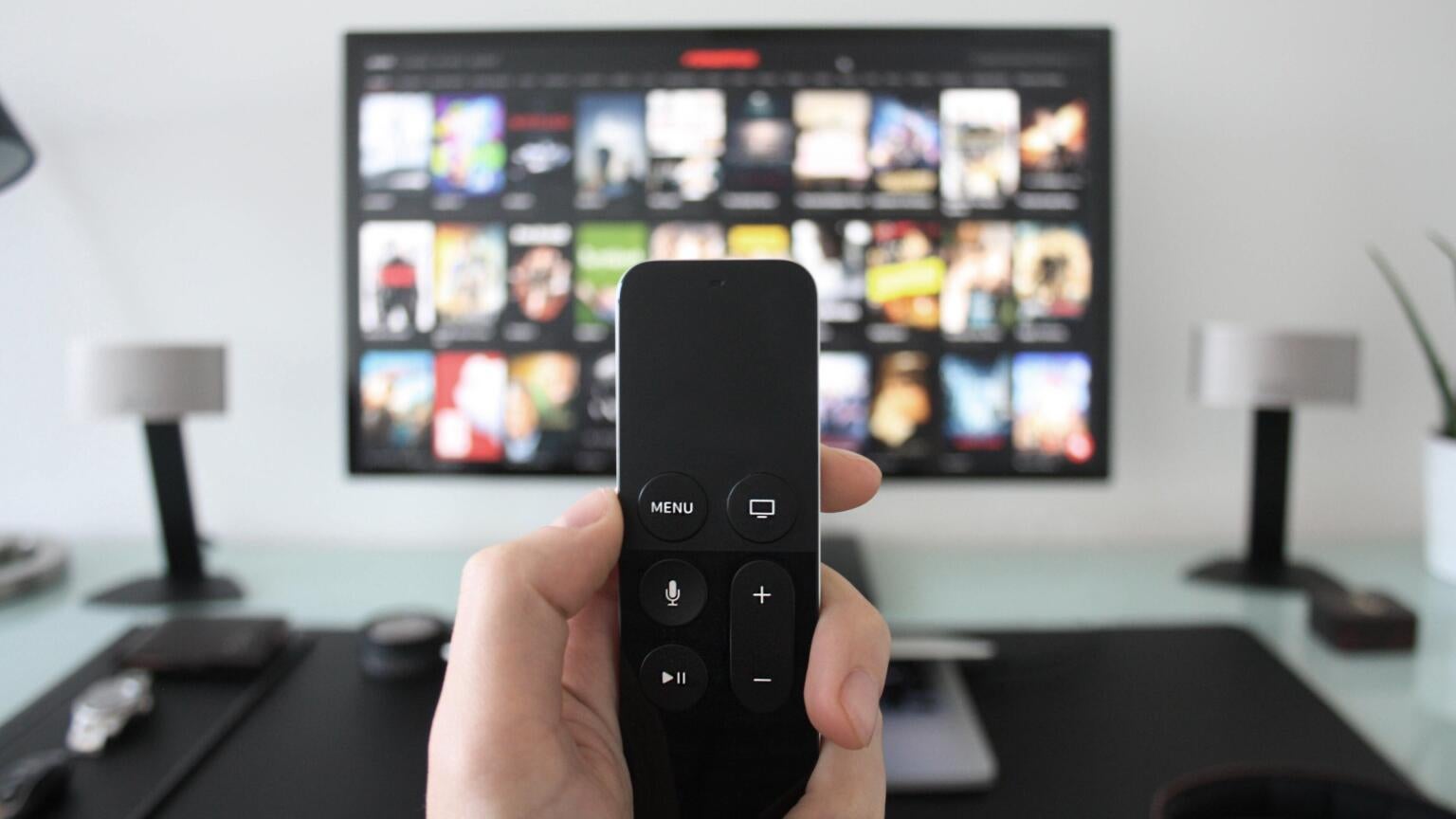Streaming Services Taking Advantage of Flexible Season Lengths, Episode Runtimes to Keep Viewers Engaged

The streaming market in the U.S. is continuing to get more crowded. A new service seemingly pops up every day, and with streaming revenues are currently projected to flatten by 2024, it’s reasonable to conclude that the domestic streaming market is quickly approaching a saturation point.
To combat that kind of saturation, streaming services have to come up with new ways to draw customers to their products and monetize those titles even more than they ever have before. Some, like Netflix and Disney+, are launching ad-supported tiers to try to maximize the revenue of the entire streaming platform. Other services, like HBO Max, are exploring the strategy of launching FAST (free, ad-supported TV) channels to attract budget-conscious viewers with premium content that advertisers can take advantage of.
Those are more macro-level solutions designed to increase revenue, but streamers are zooming in closer to see if they can’t make smaller changes that may impact user engagement with the platforms’ content, either by making it more convenient to watch episodes in a short amount of time or to keep viewers coming back to the service weekly thanks to longer seasons.
To that end, streamers are starting to take advantage of the flexibility that the streaming format offers. One way to do that is to play with episode runtimes for streaming shows. Gone are the days when TV shows must fit into a half-hour or hour-long window to satisfy advertisers and network schedulers. Although many shows do still subscribe to one of these two categories, streamers are starting to tinker with that tried and true formula.
The most recent season of “Stranger Things” used a completely new formula for episode lengths. Each episode of Volume 4 has a runtime of at least 64 minutes, and the final episode is 150 minutes. The season also runs nine episodes, instead of Netflix’s more standard 10-episode season.
There are also hints from NBCUniversal that its streaming shows may be getting longer runtimes as well. “Days of Our Lives” recently moved exclusively to NBCU’s streaming service Peacock, after a 57-year run on the linear channel NBC. Executive producer Ken Corday told Soap Opera Digest that the move will be a freeing one in regard to runtimes.
“You will probably be getting more show content after February of next year because we don’t have to limit the show to 38 minutes with 22 minutes of commercial time,” Corday teased.
“Days” already has enough episodes filmed to carry it through February, but past that date runtimes may be whatever NBCU wants them to be.
There are signs that streamers are beginning to break away from the shorter-season format that has become common amongst streamers. Among the myriad announcements and trailers from Disney’s D23 fan expo last weekend was the news that its upcoming Star Wars series “Andor” is already planned as a 24 episode story that will be broken into two seasons each. Disney is also planning a 16-episode second season of the animated “Star Wars: The Bad Batch.”
The biggest announcement from Disney regarding season lengths came from the upcoming revival of “Daredevil” on Disney+. There’s no release date set for “Daredevil: Born Again,” but the first season is currently scheduled to be 18 episodes long. Disney tends to use various runtimes in a single season for its episodes, so there’s no word on how many total hours of programming “Daredevil’s” first season will be, but none of Disney’s other Marvel shows have come close to an 18-episode season.
These experiments with runtimes and season lengths are clearly still in the testing phases for streaming companies. If they had data that showed one hard-and-fast rule was clearly the best way to maximize their content, they would already be using that rule. A similar discussion being had in the streaming world of late is whether or not it was better to release full seasons all at once or in a traditional weekly format. At this point, it seems like streamers are taking it on a case-by-case basis.
But, if Disney or Netflix gets internal data that shows these types of episode and season-length experiments are working, expect the other streamers to jump on that bandwagon quickly. One thing is clear, however, streaming offers much more flexibility to experiment with than the traditional linear, broadcast model ever did.
